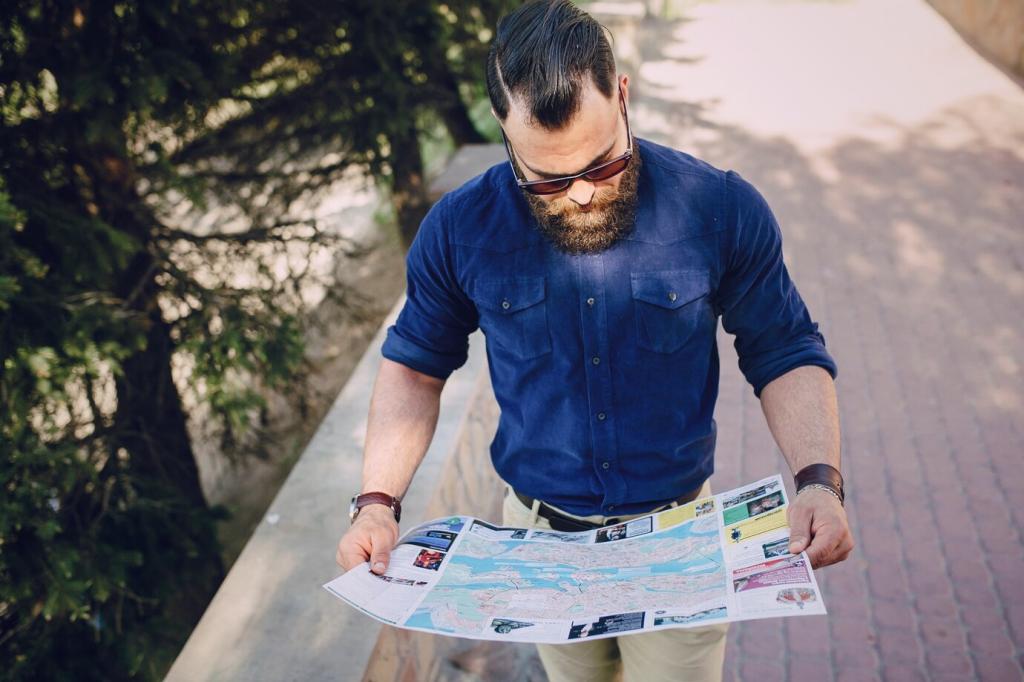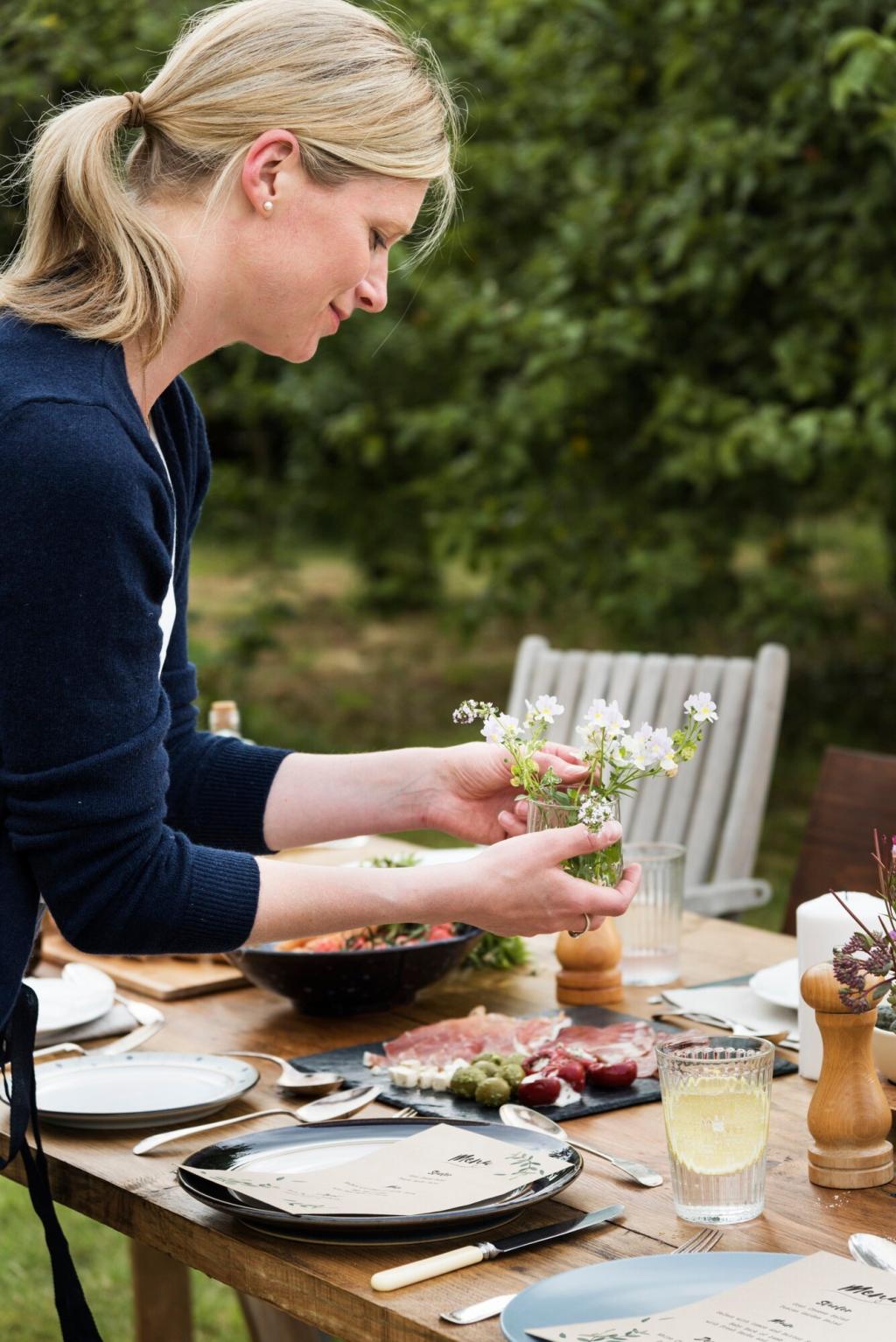
Design Strategies for Winter Accessibility: Inclusive Paths Through Snow and Ice
Chosen theme: Design Strategies for Winter Accessibility. Welcome to a space where cold weather challenges become design opportunities. Together we’ll explore practical, human-centered strategies that help everyone move safely and confidently through winter streets, campuses, and plazas. Subscribe to stay warm with fresh ideas, real stories, and actionable checklists.
Snow and Ice: Clearing the Way for Everyone
Commit to clearing priority pedestrian and wheelchair routes as aggressively as vehicle lanes. Mark curb ramps, crosswalks, paratransit pickups, and building entrances for rapid response, and publish clear time targets residents can count on and monitor.
Snow and Ice: Clearing the Way for Everyone
Use de-icers that balance traction, corrosion, and environmental impact, especially near mobility devices and guide dogs’ paws. Sand can improve grip temporarily, but choose blends that minimize runoff pollution and avoid damaging tactile surfaces or ramp edges.
Snow and Ice: Clearing the Way for Everyone
Invite neighbors, businesses, and schools to adopt corners, bus stops, and storm drains. Provide tools, training, and recognition boards, and celebrate shared effort. Tell us how your block coordinates clearing so curb cuts and sidewalks stay passable for everyone.


Surfaces That Grip, Drain, and Endure
Specify broom-finished concrete, textured pavers, or recycled-rubber mats at high-risk zones like slopes and entrances. Avoid glossy sealants that become slick. Test samples wet, icy, and with wheel loads to ensure reliable traction for varied mobility devices.
Surfaces That Grip, Drain, and Endure
Design cross slopes that shed water without tipping canes or wheelchairs, and channel meltwater away from walking lines. Protect edges from refreeze puddles, use recessed drains, and ensure plow blades cannot catch on tactile panels or expansion joints.
Seeing and Being Seen in Long Winter Nights
Combine warm, low-glare LEDs with targeted accents on ramps, steps, and crossing points. Illuminate faces under shelters for safety and communication, while shielding fixtures to prevent ice glare that can disorient older adults or low-vision travelers.
Use high-contrast symbols, reflective markers, and consistent shapes to support color-blind users and night navigation. Add audible beacons at key crossings and entrances. Place signs above typical snowbanks so instructions remain visible after heavy accumulation.
Control reflections with matte finishes on railings and panels. Maintain even light levels between indoors and outdoors near vestibules, giving eyes time to adapt. Invite readers to share tricky glare spots your city still needs to fix this season.

Transit Stops and Entrances That Welcome in Any Weather
01
Provide wind screens, overhead protection, and targeted radiant heat at seating height without creating slippery melt zones. Ensure benches have armrests for easier transfers, and leave clear space for wheelchairs and strollers under cover, not out in the drift.
02
Build raised boarding pads that align with kneeling buses and paratransit vans. Keep edges textured and drain meltwater away from doors. Mark clear zones so plows and piles never block ramps, lifts, or the first step on busy routes.
03
Install vestibules that break wind and capture melt. Use low-force automatic doors with push plates reachable from seated positions. Select entrance mats with firm edges and tight weave so canes, wheels, and boot treads do not snag or slip.

Wheelchairs, Walkers, and Strollers
Ensure turning radii remain clear after plowing and that cross slopes stay gentle to prevent drift. Provide resting pull-outs on long corridors, and use continuous handrails with warm-to-touch finishes that help with grip in cold temperatures.

Blind and Low-Vision Travelers
Maintain continuous cane-detectable edges even when snowbanks rise. Reinforce audible cues at crossings, add tactile maps in sheltered spots, and pair strong contrast with consistent layouts so mental maps still work during whiteouts or early nightfall.

Neurodiversity and Sensory Comfort
Reduce harsh flicker and unpredictable sound in shelters. Use predictable patterns, calm colors, and clear sightlines to exits. Offer quiet waiting zones and straightforward sign language pictograms so winter travel feels manageable, not overwhelming, for everyone.
Maintenance Agreements and Clear Responsibilities
Document who clears which segments—sidewalks, curb ramps, bus pads, bike parking—with time standards and escalation steps. Publish maps and hotline numbers. Make compliance visible so residents can report blockages and crews can prioritize accessibility first.
Inclusive Engagement in Winter Planning
Co-design with disabled residents, delivery workers, and parents pushing strollers. Host winter walk audits, test wheel widths on mock-ups, and gather feedback after storms. Comment with your neighborhood’s biggest barrier so we can explore targeted solutions next.
Metrics and Iteration
Track slip-and-fall incidents, door force readings, blocked curb ramps, and response times. Share dashboards publicly and adjust routes and materials. Invite subscribers to pilot new tools and help evaluate what actually improves winter mobility on the ground.

Innovation Corner: Heating, Sensors, and Smart Alerts
Apply targeted heating at curb ramps, bridge decks, and steep entries where failure has high consequences. Use smart zoning, timers, and renewable power to control costs. Share your experiences balancing energy, maintenance, and consistent traction through deep freezes.
Innovation Corner: Heating, Sensors, and Smart Alerts
Deploy sensors that detect surface temperature and moisture, then dispatch crews and notify users. Pair with accessible apps, haptic alerts, and audio updates. Keep privacy in mind while providing timely, actionable information for safer winter trips.


